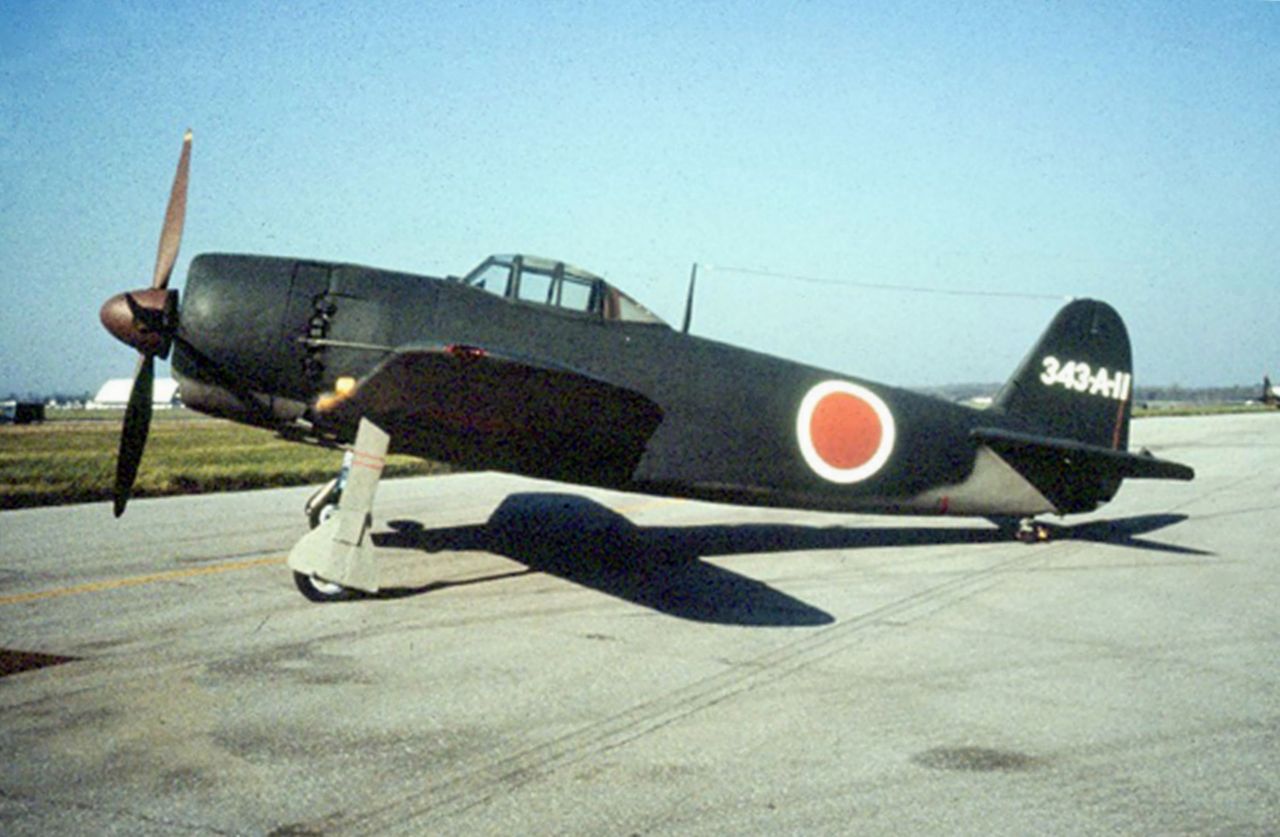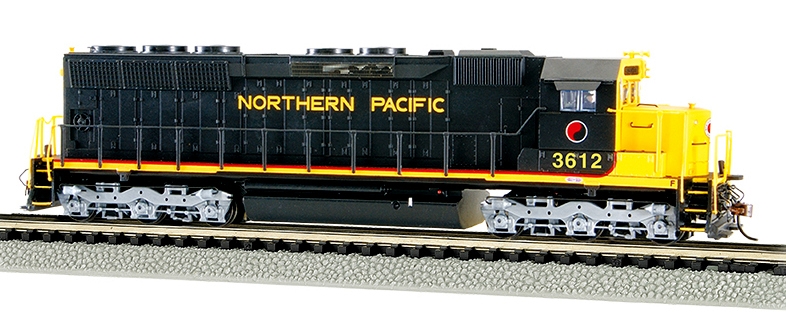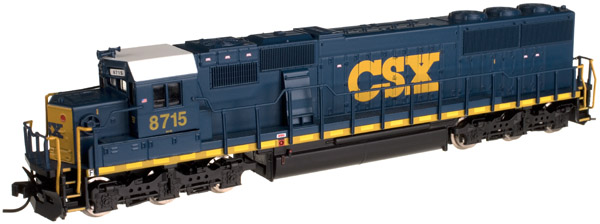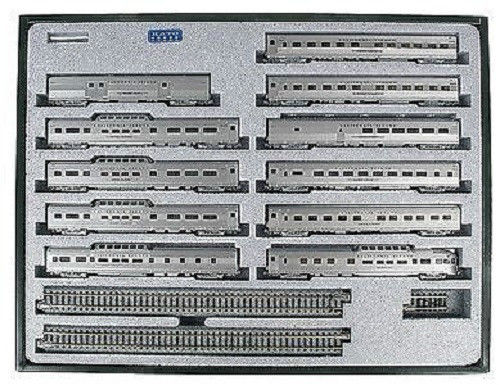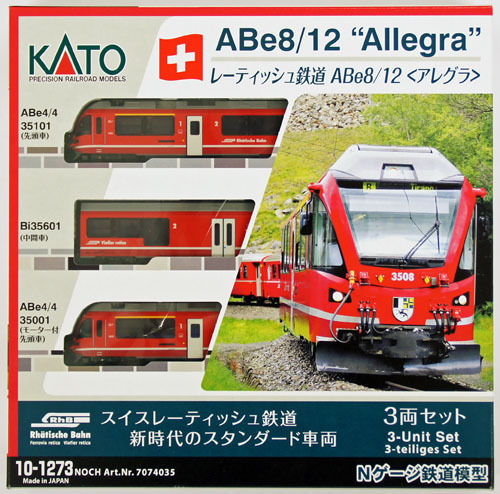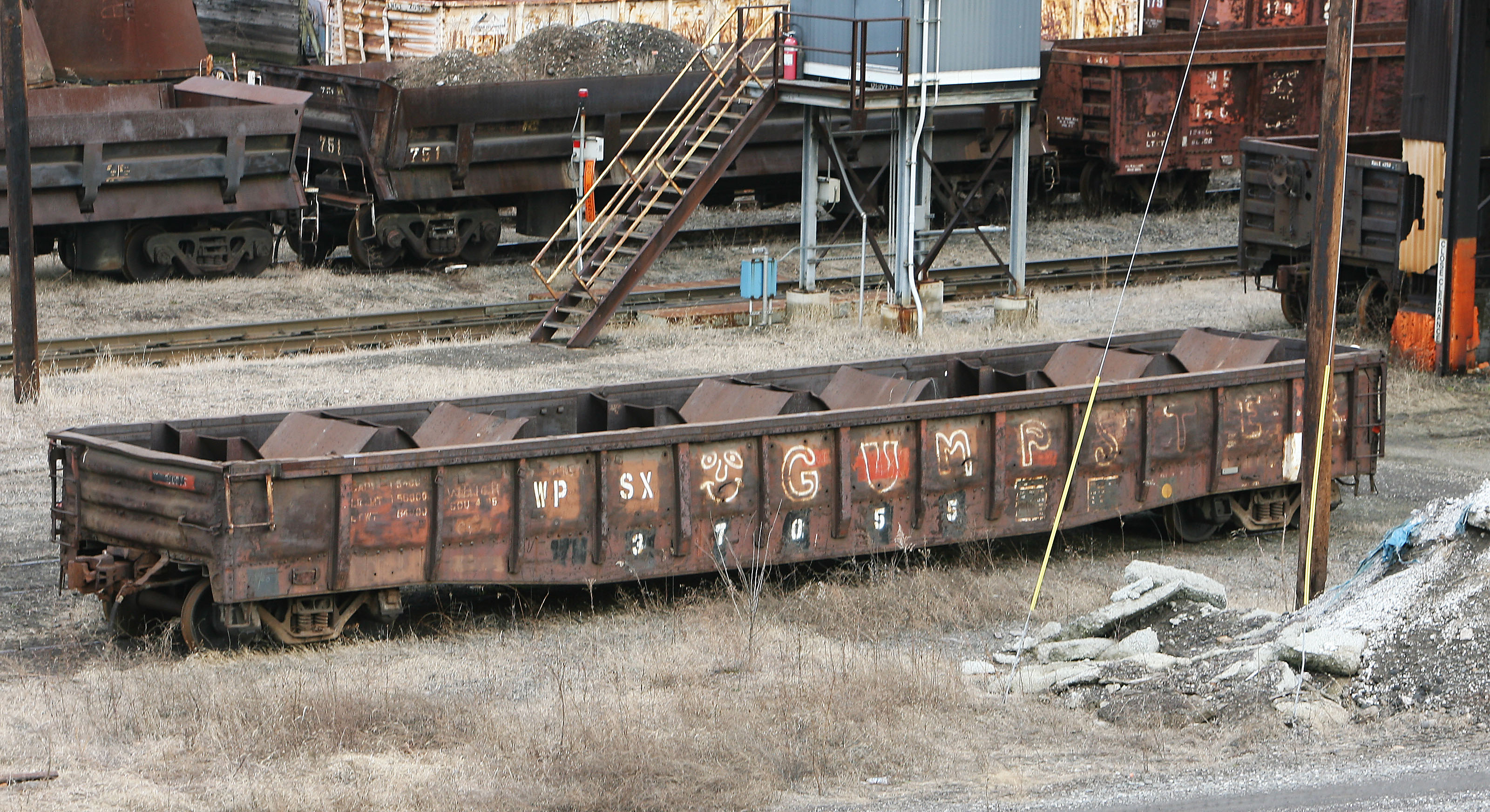Model Information: This model was first announced in 2010, with batch A available in October 2010, and batch B in August 2011. The second release was announced in January of 2015 and made available in late June of 2016.
From the rail up, these N Scale models were engineered to capture the scale fidelity of the prototype. Featuring extremely fine molding, separately applied brake rigging, an etched-metal brake platform and more! Plus, these cars ride on BLMA's NEW 70-Ton Friction Bearing trucks with 33" Metal Wheels featuring a front AND backside wheel profile. If that wasn't enough, check-out the ride height on this model... Just like the prototype!
Features: Ready-To-Run, Injection-Molded Plastic, Fine-Scale Detail, Separate Brake Detail, Chemically Etched Brake Platform, Accurately Painted/Printed, Prototypical Ride Height,BLMA 70-Ton ASF Friction Bearing Trucks, BLMA 33" Scale Profile Metal Wheels, Body-Mounted Brown Knuckle Couplers
From the rail up, these N Scale models were engineered to capture the scale fidelity of the prototype. Featuring extremely fine molding, separately applied brake rigging, an etched-metal brake platform and more! Plus, these cars ride on BLMA's NEW 70-Ton Friction Bearing trucks with 33" Metal Wheels featuring a front AND backside wheel profile. If that wasn't enough, check-out the ride height on this model... Just like the prototype!
Features: Ready-To-Run, Injection-Molded Plastic, Fine-Scale Detail, Separate Brake Detail, Chemically Etched Brake Platform, Accurately Painted/Printed, Prototypical Ride Height,BLMA 70-Ton ASF Friction Bearing Trucks, BLMA 33" Scale Profile Metal Wheels, Body-Mounted Brown Knuckle Couplers
Prototype History: The 52-6 welded 70-ton drop-end gond4ola car as produced by ACF was first produced in 1948 for Pennsylvania Railroad as class G31, PRR alone purchased 11,600 welded cars of this body style in the G31/G31A/G31B/G35, serving the “Standard Railroad of the World” in every corner of North America in many customer applications. Besides PRR, several other railroads also purchased these gondolas from ACF, and some former PRR cars were purchased second-hand by various railroads. Most of these gondolas were phased from revenue service during the 1990s.
Road Name History:  The Penn Central Transportation Company, commonly abbreviated to Penn Central, was an American Class I railroad headquartered in Philadelphia, Pennsylvania, that operated from 1968 until 1976. It was created by the 1968 merger of the Pennsylvania and New York Central railroads. The New York, New Haven & Hartford Railroad was added to the merger in 1969; by 1970, the company had filed for what was, at that time, the largest bankruptcy in U.S. history.
The Penn Central Transportation Company, commonly abbreviated to Penn Central, was an American Class I railroad headquartered in Philadelphia, Pennsylvania, that operated from 1968 until 1976. It was created by the 1968 merger of the Pennsylvania and New York Central railroads. The New York, New Haven & Hartford Railroad was added to the merger in 1969; by 1970, the company had filed for what was, at that time, the largest bankruptcy in U.S. history.
The Penn Central was created as a response to challenges faced by all three railroads in the late 1960s. The northeastern quarter of the United States, these railroads' service area, was the most densely populated region of the U.S. While railroads elsewhere in North America drew a high percentage of their revenues from the long-distance shipment of commodities such as coal, lumber, paper and iron ore, Northeastern railroads traditionally depended on a mix of services.
As it turned out, the merged Penn Central was little better off than its constituent roads were before. A merger implementation plan was drawn up, but not carried out. Attempts to integrate operations, personnel and equipment were not very successful, due to clashing corporate cultures, incompatible computer systems and union contracts. Track conditions deteriorated (some of these conditions were inherited from the three merged railroads) and trains had to be run at reduced speeds. This meant delayed shipments and personnel working a lot of overtime. As a result, operating costs soared. Derailments and wrecks became frequent, particularly in the midwest.
The American financial system was shocked when after only two years of operations, the Penn Central Transportation company was put into bankruptcy on June 21, 1970. It was the largest corporate bankruptcy in American history at that time. Although the Penn Central Transportation Company was put into bankruptcy, its parent Penn Central Company was able to survive.
The Penn Central continued to operate freight service under bankruptcy court protection. After private-sector reorganization efforts failed, Congress nationalized the Penn Central under the terms of the Railroad Revitalization and Regulatory Reform Act of 1976. The new law folded six northeastern railroads, the Penn Central and five smaller, failed lines, into the Consolidated Rail Corporation, commonly known as Conrail. The act took effect on April 1, 1976.
Read more on Wikipedia.

The Penn Central was created as a response to challenges faced by all three railroads in the late 1960s. The northeastern quarter of the United States, these railroads' service area, was the most densely populated region of the U.S. While railroads elsewhere in North America drew a high percentage of their revenues from the long-distance shipment of commodities such as coal, lumber, paper and iron ore, Northeastern railroads traditionally depended on a mix of services.
As it turned out, the merged Penn Central was little better off than its constituent roads were before. A merger implementation plan was drawn up, but not carried out. Attempts to integrate operations, personnel and equipment were not very successful, due to clashing corporate cultures, incompatible computer systems and union contracts. Track conditions deteriorated (some of these conditions were inherited from the three merged railroads) and trains had to be run at reduced speeds. This meant delayed shipments and personnel working a lot of overtime. As a result, operating costs soared. Derailments and wrecks became frequent, particularly in the midwest.
The American financial system was shocked when after only two years of operations, the Penn Central Transportation company was put into bankruptcy on June 21, 1970. It was the largest corporate bankruptcy in American history at that time. Although the Penn Central Transportation Company was put into bankruptcy, its parent Penn Central Company was able to survive.
The Penn Central continued to operate freight service under bankruptcy court protection. After private-sector reorganization efforts failed, Congress nationalized the Penn Central under the terms of the Railroad Revitalization and Regulatory Reform Act of 1976. The new law folded six northeastern railroads, the Penn Central and five smaller, failed lines, into the Consolidated Rail Corporation, commonly known as Conrail. The act took effect on April 1, 1976.
Read more on Wikipedia.
Brand/Importer Information: BLMA Models was founded in July of 2000 to bring Z, N, and HO Scale products of superior quality and originality to the model train community. At BLMA Models, we understand that quality and accuracy count in producing realistic scale models. Our passion revolves around accuracy, diversity, innovation and satisfaction to prototype model railroaders by providing exceptional products and service that goes beyond your expectations.
BLMA was acquired by Atlas Model Railroad in January of 2016.
BLMA was acquired by Atlas Model Railroad in January of 2016.
Item created by: gdm on 2017-03-10 14:20:52. Last edited by gdm on 2022-03-14 14:49:38
If you see errors or missing data in this entry, please feel free to log in and edit it. Anyone with a Gmail account can log in instantly.
If you see errors or missing data in this entry, please feel free to log in and edit it. Anyone with a Gmail account can log in instantly.





